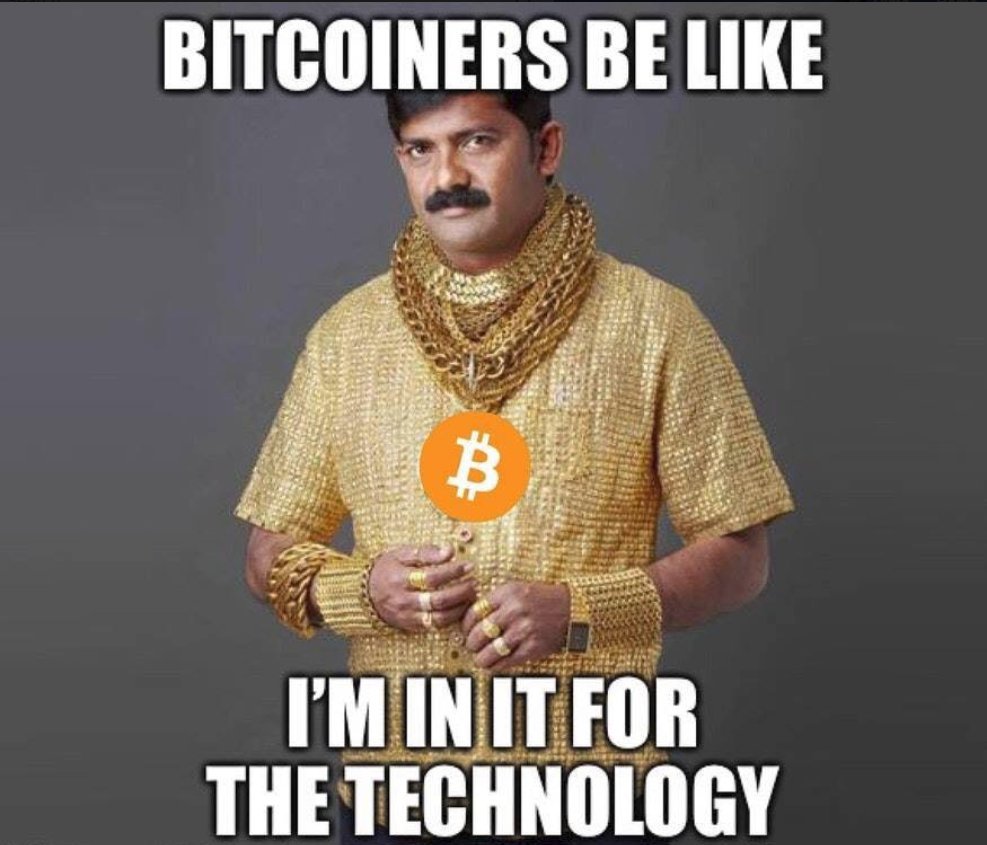For this article, I was inspired by the book Marx’s Theory on the Genesis of Money: How, Why, and Through What is a Commodity Money by Samezō Kuruma from Haymarket Books.
When you think of fetishism the first thing that comes to mind is probably whatever weirdly specific sexual kink you psychologically need to get off. Like conservative commentator Ben Shapiro and his fetish for AOC feet pics. Now I’m not one to kink shame. It’s fine that Ben Shapiro is definitely into feet because it likely doesn’t harm anyone and there are plenty of others out there that likely share the same fetish. However there are some fetishes worthy of criticism.

But seriously, Ben’s fixation with AOC’s feet is getting kinda out of hand now
Commodity Fetishism and Money
“The first category in which bourgeois wealth presents itself is that of the commodity” – the opening sentence of Marx’s 1859 Critique and the first volume of Capital (1867).
In Marxist theory, commodity fetishism refers to the idea that under capitalism, when commodities are exchanged on the market, there is a perception that there exists a social relationship between commodities as opposed to the actual actors of the exchange (i.e. the producer, the seller). This contradiction, depersonalizes the social relations of production (there is no relationship between the American buyer of Nikes and the laborer who makes them in China) and in a way, gives commodities a life of their own. The downstream effects of this phenomena are that commodities gain some sort of “intrinsic value” in the form of a price on the market and that markets are somehow sentient beings. Think Adam Smith’s The Wealth of Nations and its bogus insistence that markets based on commodity exchange reflect “natural behavior” and that free markets self-regulate themselves in a way that naturally moved towards “economic equilibrium.” For more details on Marx’s idea of Commodity Fetishism, you can check out this video by The Marxist Project.
There is one specific kind of commodity used to facilitate commodity exchange so that if you wanted to sell your goods, you didn’t need to go through the trouble of finding someone who happened to have the exact thing that you want to trade them for. That’s right, it’s money baby. But how does a commodity become money? It’s a gentle mix of having the right physical properties and a lot fetishism.

Who cares that children in third world countries are being used as cheap labor? It’s making me money!
There are plenty of examples of different commodities that were used as money in different civilizations, however the most successful one in history was gold. Gold was great for facilitating exchange because it’s rare, doesn’t break down easily, has a homogeneous form, easily stored in jewelry, etc. A combination of physical properties that few other commodities have and are great for money to have. This doesn’t mean however that everyone would accept gold to facilitate a particular exchange which they are taking part in. To be really good money, everyone would need to accept it as money even if there is no real “use value” for gold. That’s where fetishism comes in.
Fetishism is required for a commodity to become money and gold was and still is fetishized. Just look at how far Spanish conquistadors went to subjugate indigenous Americans in the pursuit of gold inspired by the incredible myths of El Dorado. Throughout history and human civilizations around the world, gold was left in burial sites as if the dead would have some use for it in heaven. Gold was used to show off wealth so much to the point that the 1920 Pierce-Arrow Model 48 2/3-Passenger Coupé, popular amongst the wealthy elite of the Roaring 20’s, was painted in gold only because using actual gold would be fucking stupid. If you are someone who cares about “economic equilibrium,” it’s difficult to explain the fetishistic nature of money.

The quickest way I can come to the terms with the reasons behind commodity fetishism is Zizek’s explanation of Ideology
Fetishism at a mass scale is what propelled gold to be the global currency until the de facto end of the Bretton Woods Agreement when President Nixon ended the convertibility of USD into gold in response to economic stagflation, an overvalued dollar (in comparison to gold reserves), and too many countries claiming gold from the US’s reserves in the 1970s. This changed the relationship of many countries’ currencies to being pegged (not that kind of pegging) to the floating value of the USD rather than the backing of gold reserves. USD has effectively replaced gold as the global currency.
Bitcoin
Today, USD is the most fetishized money and the most despised by bitcoin maximalists. Their anger tends to be directed towards the policies of the Federal Reserve and its power over the money supply, particularly in terms of inflation. While there are plenty of reasons to be critical of the Federal Reserve, it’s clear that the analysis is not a complete one especially considering that the Federal Reserve works pretty hard at preventing inflation at the behest of Capital (it’s goal is 2% inflation). You can’t fix every problem by replacing the Federal Reserve with bitcoin. This is also besides the fact that we have already experimented with using a scarce commodity (gold) to back money, which had many problems of its own.

A bit lazy to compare the USD over nearly 100 years and bitcoin over 8 years, but I don’t think analytical integrity is the point of the meme
Liberal economics is inherently fetishistic towards markets, commodities, and money to enforce its own reasoning for existence. There seems to be an unconscious understanding of this among bitcoiners. They see the fetishism as necessary for bitcoin to compete with the USD as money. If bitcoin was just fetishized more than fiat money, then the world would be a better place because everyone would use bitcoin instead of the Federal Reserve’s US Dollar. And we’d be the new billionaire geniuses because we bought bitcoin thanks to dank memes on 4Chan.

One of countless examples of their own acknowledgement of the absurdity of bitcoin fetishism
Bitcoin and cryptocurrency fetishism is extremely apparent when you brave the cryptocurrency trading subreddits where over the course of a volatile day for the markets you’ll easily spot that one gif of a bitcoin, ether, or any other cryptocurrency in a rollercoaster going up or down at least six times. In fact, addiction to watching cryptocurrency price watching is becoming so big, even major bitcoin trading sites post articles to help their viewers avoid addiction by learning how to have “the right mindset” by “acknowledging market volatility.”
A major flaw in bitcoiners’ strategy for the fetishisation of bitcoin is that it is largely based on the price of bitcoin in comparison with the US Dollar or other fiat currencies. The biggest reason people buy bitcoin is as an investment vehicle they hope will gain value respective to their preferred fiat currency which they can then sell. Of course, this isn’t true for all of them. The bitcoin purists will say that this thinking is flawed and that people should never sell their bitcoin back because it will become the new money, and I give them credit for sticking to their principles. However, there is little proof that bitcoin is a better form of money for most regular working people than fiat money or credit cards considering transaction fees and slow processing time. This doesn’t mean that cryptocurrencies will never become the dominant form of money, but given the current properties of bitcoin, I find it unlikely to happen with bitcoin soon.

I think I’m not alone when I say I prefer having the Means of Production over commodity fetishism and poverty
I know the concepts mentioned in this article may not be easy to understand for everyone at first, I encourage you to do your own reading and research to develop ideas on how these things fit together. However, if there’s one thing you learn from this, it should be that in a world of Ben Shapiros, the preferred form of money would probably be feet pics, and thankfully we don’t live in that world.
If you liked the article and want to see more content like this, please consider donating to my Patreon so I can continue to give a voice to the intersection of blockchain and the Left without ads. Also, please sign up for the Newsletter, follow me on Twitter (@TBSocialist), and join the r/CryptoLeftists subreddit to join the movement!

